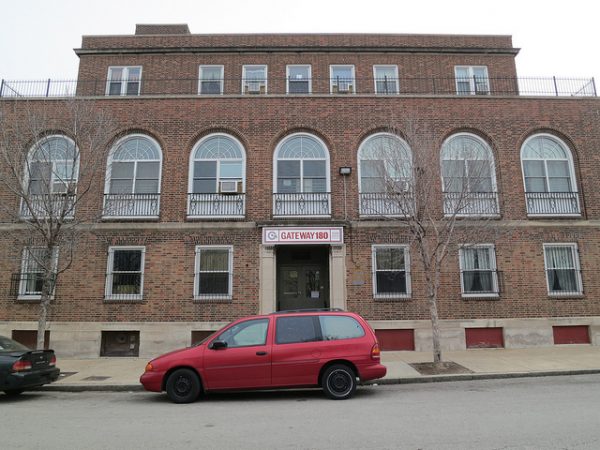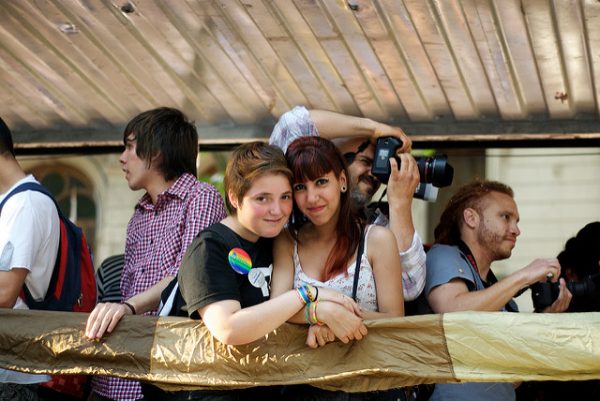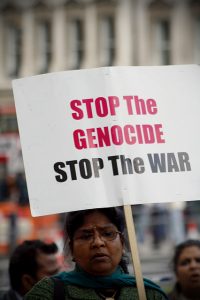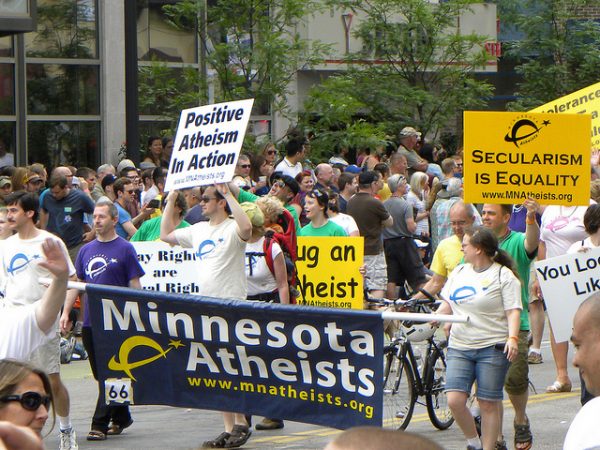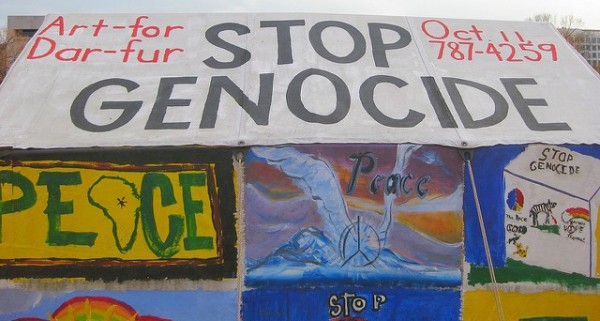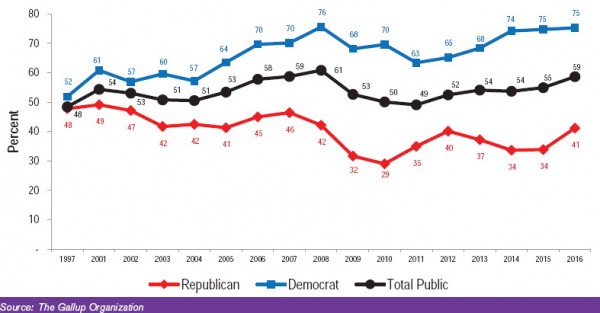
Debates regarding the use of public funds to construct new world-class sport arenas continue, as some believe it will foster economic and social growth in the host city while others strongly disagree this idea. Yet resistance has proven difficult. In a recent paper, sport sociologist Jay Scherer documented the efforts of one such grassroots organization—Voices of Freedom (VFD) in Canada—in their attempts to stop the Edmonton Oilers hockey arena from 2011 to 2013.
In opposition to the estimated $606.5 million arena for the Edmonton Oilers, concerned citizens formed the VFD to inform the public of the financial concerns regarding the arena. VFD first gained traction when they questioned the conclusions of the City Shaping report because it failed to include the potential pitfalls of constructing a new arena. The organization sought to mobilize public resistance by conducting city-wide telephone surveys, distributing brochures, purchasing billboards, and creating informative websites.
Scherer collected ethnographic accounts of his two-year personal experiences working with the Board of Directors of the VFD. He also conducted in-depth interviews with board members. While initially promising, VFD experienced many difficulties, such as lack of human, financial, and material resources needed to maintain public interest in opposing public funding for the Oilers arena. Additionally, Scherer found that citizens could not fully participate because of the complexity in understanding deliberations associated with development projects. Investors also intimidated board members and citizens who wanted to participate in public debates regarding the arena. These citizens feared personal, financial, and professional ramifications for openly opposing the arena development. Ultimately, VFD ceased of operations.
Scherer’s research highlights the limitations of grassroots organizations such as Voices for Democracy to compete in the political arena when it comes to stopping public funds being used for sport arenas. His work also helps us think about the importance of political officials’ accountability to their communities regarding the use of public funds to support these large projects.

